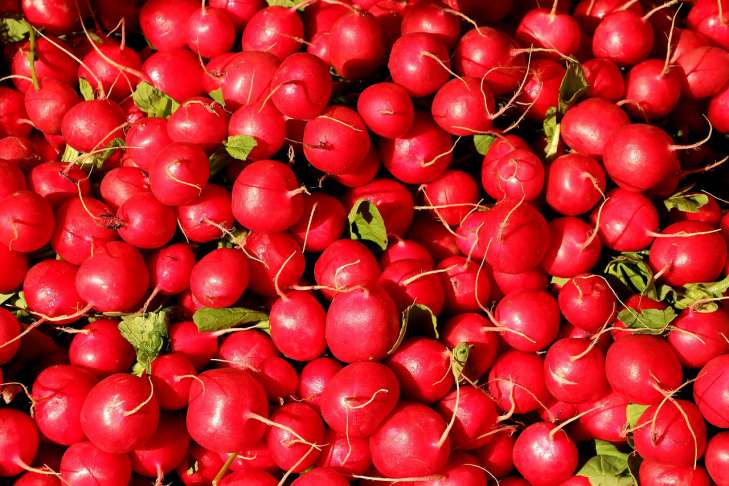How to grow large and crunchy radishes: the subtleties of growing from experienced gardeners
Radishes grow well in most mineral soils, except very light soils that are too wet.
How soil is needed to grow radishes
In general, light soils are better suited for growing radishes than heavy soils.
The soil with a pH reaction of 6.0–6.5 must have good water permeability, be humus (in a greenhouse or under a film, and not contain bark, sawdust, or straw).
How to grow
Plant radishes where tomatoes, cucumbers, potatoes or legumes previously grew.
The soil after these crops will be especially rich in minerals and favorable for the growth of radishes.

Do not plant seeds in soil where turnips, horseradish or cabbage have previously grown.
What and how to feed radishes so that they are large
Feed the radishes in the spring, before sowing the seeds in the ground.
Dig up the area and add about 5 kilograms of organic matter to the soil, as well as 1 kg of ash.
Then the organic matter is incorporated into the soil with a rake, distributing it evenly.
Superphosphate and potassium salt are also suitable as fertilizers, but remember that an excess of nitrogen has a detrimental effect on the roots and taste of the fruit, and the plant itself is prone to the accumulation of nitrates: it is undesirable to feed radishes with simple nitrogen fertilizers (urea or ammonium nitrate).
Previously, we talked about the main mistakes in growing orchids.
